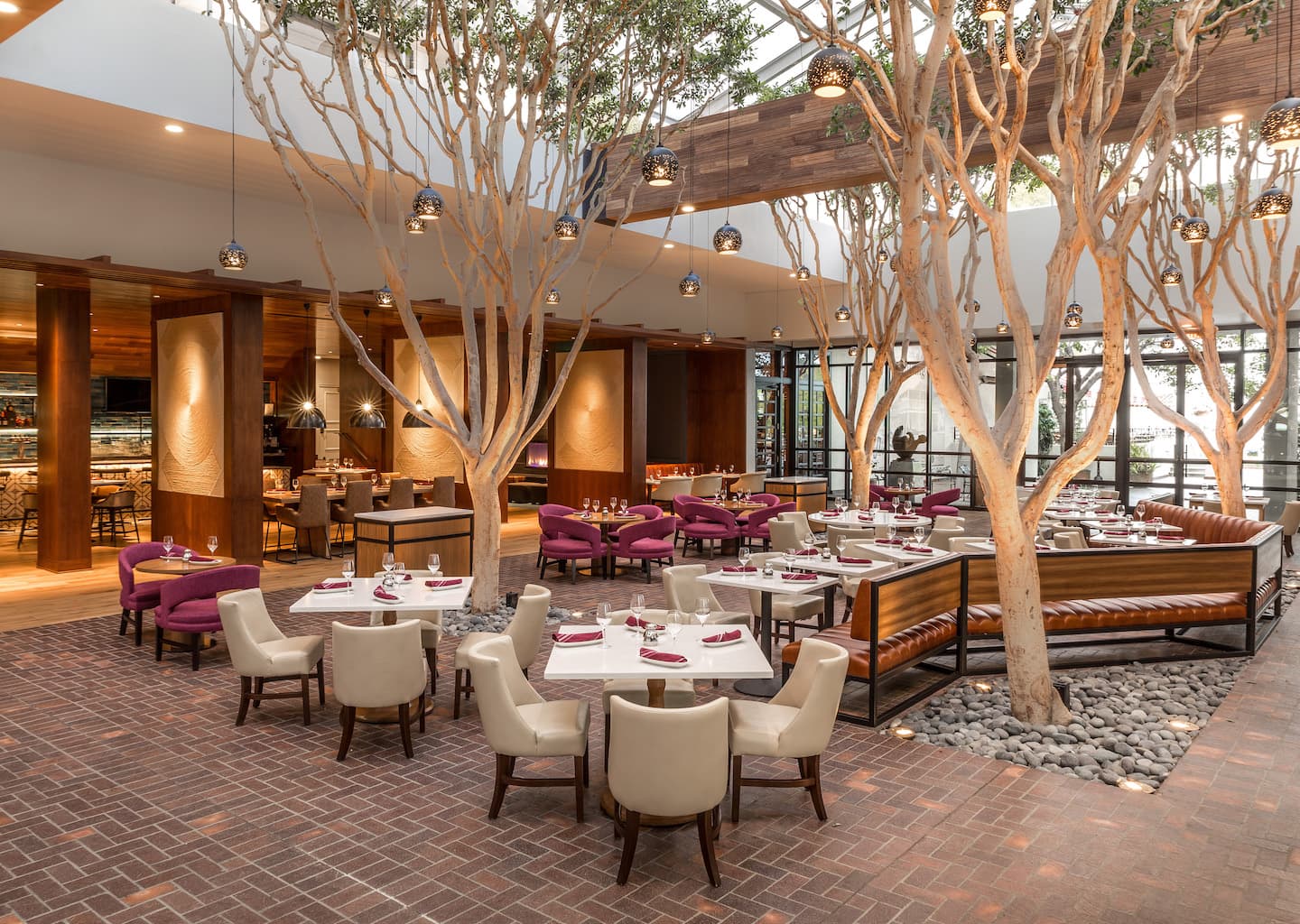THE NAME “PORTOLA”
The name Portola was selected due to its significance to the beautiful Monterey Peninsula. Gaspar de Portola was a soldier in the Spanish Army before being appointed as the Governor of Las Californias in 1768.
- Portola served as Governor for two years and was born of noble birth in Catalonia. He was an able organizer and a notable leader who volunteered to lead an expedition up the California coast with stops in Monterey and San Diego.
- Portola arrived in Monterey on May 24, 1770, when the European settlers started to colonize the area.
- Portola eventually became Governor of Puebla, Mexico, and in 1784, he returned to Spain.












